Ever wonder what was the best selling book the year you were born? Ever wonder what novel your parents might have seen in bookstores? (Is that just us?) Well, we have all of you curious readers covered. This is a list of the best selling books of each year from 1920 to 2016.
The 1920s
1920: The Man of the Forest by Zane Grey
One of the first millionaire authors, Zane Grey wrote The Man of the Forest and a number of popular westerns after a career in dentistry and a failed stint as a professional baseball player. The novel follows a cowboy who overhears two villains’ plan to kidnap a rancher’s niece and leaves his life in the wild to save her. 1920 also saw the publication of F. Scott Fitzgerald’s debut novel, This Side of Paradise.
1921: Main Street by Sinclair Lewis
The first American to win the Nobel Prize for literature, Sinclair Lewis was known for his satire of American capitalism, consumerism, and politics in novels like Main Street and the prescient It Can’t Happen Here, published in 1936. Main Street follows a woman’s struggle to bring progress to a small town in the face of rigid conservatism.
1922: If Winter Comes by A. S. M. Hutchinson
Telling the story of an unhappy marriage, divorce, and suicide, If Winter Comes had a large cultural impact and was considered well ahead of its time. 1922 also saw the publication of James Joyce’s Ulysses, a sprawling tale of a single day in the life of character Leopold Bloom, which is considered by many to be one of the greatest novels of all time.
1923: Black Oxen by Gertrude Atherton
Black Oxen was a massive bestseller about a tragic romance between a young playwright and a beautiful woman who, it’s later revealed, is a 58-year-old extending her youthful looks through medical procedures. It was adapted into a popular silent film that year.
1924: So Big by Edna Ferber
So Big, a novel following an ambitious Dutch widow and her son in Illinois, won Edna Ferber a Pulitzer in 1925.
1925: Soundings by A. Hamilton Gibbs
Soundings is a romance about a young English woman whose progressive father sends her to France to spend a year traveling and learning about herself. Perhaps the most notable novel to come out of 1925 is F. Scott Fitzgerald’s The Great Gatsby, one of the most famous American novels of all time, which has appeared ubiquitously on high school reading lists and has multiple film adaptations.
1926: The Private Life of Helen of Troy by John Erskine
The Private Life of Helen of Troy follows a somewhat progressive and feminist Helen after she returns from defeated Troy and resumes her life in Greece. It was adapted into a 1927 silent film that was nominated for Best Title Writing in the first Academy Awards. Other notable novels from 1926 include The Sun Also Rises by Ernest Hemingway and The Weary Blues by Langston Hughes.
1927: Elmer Gantry by Sinclair Lewis
Elmer Gantry is Nobel Prize winner Sinclair Lewis’s second novel on this list. It satirizes religious fundamentalism and evangelism, following a promiscuous, hard-drinking preacher.
1928: The Bridge of San Luis Rey by Thornton Wilder
The Bridge of San Luis Rey won Thornton Wilder one of his three Pulitzer Prizes. It tells the stories of several unrelated individuals who die when an Incan rope bridge collapses in Peru.
1929: All Quiet on the Western Front by Erich Maria Remarque
Perhaps the most recognizable top bestseller of the 1920s to contemporary readers, All Quiet on the Western Front (originally published in German as Im Westen nichts Neues) follows the harrowing experiences of German soldiers during and after World War I. Other famous novels from 1929 include The Sound and the Fury by William Faulkner and A Farewell to Arms by Ernest Hemingway.
The 1930s
1930: Cimarron by Edna Ferber
Named after the colloquial moniker for an area of land that American settlers colonized in the Midwest, Cimarron is an epic about a husband and wife who settle in Cimarron, start a newspaper, and build a fortune.
1931: The Good Earth by Pearl S. Buck
The bestselling book in both 1931 and 1932 and a Pulitzer Prize–winning novel, The Good Earth follows the rise and tribulations of a Chinese landowner named Wang Lung as he and his family endure famine and poverty before rising to prosperity.
1932: The Good Earth by Pearl S. Buck
While The Good Earth remained at the top of the bestseller list, 1932 also saw the publication of the now-classic Brave New World by Aldous Huxley.
1933: Anthony Adverse by Hervey Allen
The historical fiction novel Anthony Adverse follows the life of the titular Anthony as he works in Europe, Africa, and the United States during the early 19th century. Its long page count and explicitly sexual passages proved influential to future American novel writing. It stayed on top of the bestsellers list for 1933 and 1934.
1934: Anthony Adverse by Hervey Allen
A two-year bestseller, historical fiction novel Anthony Adverse follows the life of the titular Anthony as he works in Europe, Africa, and the United States during the early 19th century. Its long page count and explicitly sexual passages proved influential to future American novel writing.
1935: Green Light by Lloyd C. Douglas
Green Light is an inspirational novel that follows a disgraced surgeon who took the fall for a medical error to save another’s career. It was adapted into a successful 1937 film starring Errol Flynn.
1936: Gone with the Wind by Margaret Mitchell
Gone with the Wind was published in 1936 and became one of the most successful American novels of all time, topping the bestsellers list for two years straight. It follows Scarlett O’Hara, the daughter of a wealthy plantation owner, as her life in the antebellum South is upended by the Civil War.
1937: Gone with the Wind by Margaret Mitchell
While Gone with the Wind continued to dominate the bestseller list, 1937 also saw the publication of Zora Neale Hurston’s now-classic Their Eyes Were Watching God.
1938: The Yearling by Marjorie Kinnan Rawlings
The Yearling tells the story of a boy in Central Florida who convinces his family to let him adopt a fawn, then faces the challenges of living for sustenance and trying to find his own way in the world. It won a Pulitzer Prize in 1939 and went on to be adapted in film, musicals, and cartoons.
1939: The Grapes of Wrath by John Steinbeck
Along with Gone with the Wind, The Grapes of Wrath is perhaps the most recognizable top bestseller of the 1930s to contemporary readers. It tells the story of an Oklahoma family, caught in the Dust Bowl during the Great Depression, who join thousands of others on a long trek to California, where they hope they’ll be prosperous. It won the Pulitzer Prize and the National Book Award.
The 1940s
1940: How Green Was My Valley by Richard Llewellyn
How Green Was My Valley is narrated by Huw Morgan, an academically talented member of a Welsh mining family, who chronicles his life in South Wales during the Victorian era. It won the National Book Award in 1940.
1941: The Keys of the Kingdom by A.J. Cronin
Set across six decades, The Keys of the Kingdom follows a Scottish Catholic priest’s attempt to establish a mission in China despite facing various hardships. It spawned a 1944 movie adaptation starring Gregory Peck, best known for playing Atticus Finch in the To Kill a Mockingbird film. 1941 also saw the publication of the beloved children’s book Curious George.
1942: The Song of Bernadette by Franz Werfel
This novel tells the story of the real-life figure Saint Bernadette Soubirous, who reported multiple visions of the Virgin Mary and was said to have discovered a holy grotto with healing properties. The grotto remains a major site of Catholic pilgrimage today. 1942 also saw the publication of The Stranger by Albert Camus and The Boxcar Children by Gertrude Chandler Warner.
1943: The Robe by Lloyd C. Douglas
Written by a former minister, The Robe follows a Roman tribune, Marcellus Gallio, and his slave, Demetrius. Stationed in Palestine, Marcellus participates in the crucifixion of Jesus Christ, but is filled with guilt over his belief that Jesus is innocent, and eventually becomes a devoted Christian himself.
1944: Strange Fruit by Lillian Smith
Named after the anti-lynching song made famous by Billie Holiday, Smith’s novel explores the then-taboo topic of interracial romance. The cities of Boston and Detroit both banned the work, and the United States Postal Service briefly refused to ship it, until President Franklin D. Roosevelt stepped in after a request from his wife, Eleanor.
1945: Forever Amber by Kathleen Winsor
This historical romance novel follows the orphan Amber St. Clare, who, through various marriages and affairs, manages to rise through the ranks of 17th-century English society. Despite its huge sales numbers, the novel’s explicit content prompted bans from 14 states. 1945 also saw the publication of George Orwell’s classic novella Animal Farm.
1946: The King’s General by Daphne du Maurier
Du Maurier’s book is set during the English Civil War, shown through the eyes of Honor Harris, separated by tragic circumstances from her love, Richard Grenvile. The novel follows the course of their lives and the impact of the war on their families and loved ones.
1947: The Miracle of the Bells by Russell Janney
This novel centers on Bill Dunnigan, a successful press agent, who has brought the body of legendary actress Olga Treskovna to a small mining town for burial. Told in part through flashback, Janney unpacks the love story between Dunnigan and Treskovna and how things fell apart.
1948: The Big Fisherman by Lloyd C. Douglas
A prequel to 1943’s The Robe (which appears on this list in 1943 and 1953), The Big Fisherman follows Simon Peter, later known as Saint Peter. Initially doubtful of Jesus Christ’s divinity, he slowly becomes convinced over the course of the novel.
1949: The Egyptian by Mika Waltari
Originally published in Finnish in 1945, The Egyptian is a sprawling novel set in ancient Egypt under the rule of Pharaoh Akhenaten. Adapted into a movie in 1954, it remains the only Finnish novel with a Hollywood adaptation.
The 1950s
1950: The Cardinal by Henry Morton Robinson
Robinson’s story focuses on Stephen Fermoyle, a working-class American who rises to the rank of cardinal in the Catholic Church. The novel was adapted into a film in 1963, which was nominated for six Academy Awards.
1951: From Here to Eternity by James Jones
This war novel follows a group of US infantrymen stationed in Hawaii months before the attack on Pearl Harbor. A National Book Award winner, it has spawned a film, two television adaptations, and a musical.
1952: The Silver Chalice by Thomas B. Costain
This historical fiction novel follows a silversmith named Basil tasked with creating a silver chalice to hold the Holy Grail. Two years later, a film adaptation was released starring Paul Newman as Basil in his first studio role.
1953: The Robe by Lloyd C. Douglas
Ten years after first topping the Publishers Weekly list, The Robe once again took the crown. Written by a former minister, The Robe follows a Roman tribune, Marcellus Gallio, and his slave, Demetrius. Stationed in Palestine, Marcellus participates in the crucifixion of Jesus Christ, but is filled with guilt over his belief that Jesus is innocent, and eventually becomes a devoted Christian himself.
1954: Not as a Stranger by Morton Thompson
Focused on a brilliant young doctor whose only concern is practicing excellent medicine, Thompson’s novel explores the importance of humanity and well-roundedness in the medical field. It spawned a film adaptation the following year. 1954 also saw the publication of J. R. R. Tolkien’s The Fellowship of the Ring.
1955: Marjorie Morningstar by Herman Wouk
Set in the 1930s, the book follows the titular Marjorie and her dreams of becoming an actress. Scholar and cultural commentator Arnold Beichman called the novel “the first Jewish novel that was popular and successful, not merely to a Jewish audience but to a general one.” 1955 also saw the publication of James Baldwin’s Notes of a Native Son and Vladimir Nabokov’s Lolita.
1956: Don’t Go Near the Water by William Brinkley
Set in 1945, this parodic novel examines the US Navy and its public relations arm during World War II. Author William Brinkley drew on his own experiences in public relations for the Navy to produce this comedic work.
1957: By Love Possessed by James Gould Cozzens
Following 49 hours in the life of attorney Arthur Winner Jr., Cozzen’s novel won the William Dean Howells Medal in 1960, celebrating the best novel written in the past five years. However, Cozzens’s pessimistic view of the human condition and accusations of bigotry cast a shadow of controversy over the novel, culminating in a blistering review in the magazine Commentary that became almost as well-known as the novel itself.
1958: Doctor Zhivago by Boris Pasternak
Set between the Russian Revolution and World War II, Doctor Zhivago is best remembered for its criticisms of the Soviet Union, which resulted in the USSR censoring its publication. However, it was smuggled into Milan and published in 1957, and it soon became famous across the world.
1959: Exodus by Leon Uris
Tracing the passage of the immigration ship Exodus, which brought Jewish immigrants from France to British-controlled Palestine, Exodus has been hailed for creating sympathy for the State of Israel, which had then been newly created. However, some critics have taken issue with the book’s portrayal of Arabs and Palestinians.
The 1960s
1960: Advise and Consent by Allen Drury
Drury’s political novel follows a senator’s nomination to the position of Secretary of State — which is derailed when evidence emerges that ties the senator to communism. Winner of the Pulitzer Prize for Fiction, the novel spent 102 weeks on the New York Times bestseller list. It would later go out of print for almost 15 years before being reprinted in 2014. 1960 also saw the publication of Harper Lee’s To Kill a Mockingbird, another bestseller from this year, which has been hailed as one of the greatest American novels and was voted America’s best-loved novel by PBS.
1961: The Agony and the Ecstasy by Irving Stone
Irving Stone’s The Agony and the Ecstasy chronicles the life of the famous Michelangelo. Stone sourced his information from nearly 500 of Michelangelo’s personal letters, translated from Italian. 1961 also saw the publication of Robert Heinlen’s Stranger in a Strange Land
1962: Ship of Fools by Katherine Anne Porter
Following a group of multicultural sailors as they journey from Mexico to a pre–World War II Europe rife with racism, extremism, and injustice, Ship of Fools eloquently tackles the innate human desire for connection, hope, and salvation, even in the darkest of times. The film rights to this instant bestseller were sold for 500,000 in 1962, equivalent to a whopping $4 million today.
1963: The Shoes of the Fisherman by Morris West
The Shoes of the Fisherman tells the story of a papal election and examines Vatican politics. The main characters were inspired by a controversial French theologian and two Ukrainian bishops whom the Soviet Union sent to gulags. Coincidentally, the book was published on June 3, 1963, the same day that Pope John XXIII died.
1964: The Spy Who Came in from the Cold by John le Carré
Though a sequel to le Carré’s two other novels featuring infamous British agent Alec Leamas, The Spy Who Came in from the Cold is this author’s most recognizable title; with action that keeps you on the edge of your seat, the novel dissects the dichotomies between the reality of Western espionage and the values of Western democracy. This classic was voted one of the All-Time 100 Novels by Time critics.
1965: The Source by James A. Michener
Written in a most unique fashion, The Source tells the tale of the Jewish Family of Ur, all the way from the Stone Age to the advent of monotheism — though the story isn’t relayed in chronological order. Each chapter centers around an artifact found by archaeologists. 1965 also saw the publication of Malcom X and Alex Haley’s The Autobiography of Malcolm X.
1966: Valley of the Dolls by Jacqueline Susann
In looking to escape the monotony of her small New England hometown, Anne Wells uproots herself to New York City, where she quickly falls into an entertaining and promiscuous cast of characters. Valley of the Dolls is one of bestselling works of all time — no small feat for a debut. 1966 also saw the publication of Truman Capote’s In Cold Blood.
1967: The Arrangement by Elia Kazan
The Arrangement follows Evan Arness, whose life is seemingly perfect — until his affair with a younger woman threatens to destroy the happy marriage and high-powered job that define him.
1968: Airport by Arthur Hailey
A snowstorm that wreaks havoc on an airport serves as the symbolic undoing of general manager Mel Bakersfield’s life, and also offers insights into the little-known complexities of running a commercial airport. Though this novel was popular among readers, critical reception was poor.
1969: Portnoy’s Complaint by Philip Roth
The novel that launched Philip Roth to international fame, Portnoy’s Complaint is the monologue of the young, sexually frustrated Alexander Portnoy to his psychologist. Critics and readers praised and criticized it for its depictions of sex, masturbation, and lust, as well as its crass sense of humor. 1969 also saw the publication of Kurt Vonnegut’s Slaughterhouse-Five and Maya Angelou’s I Know Why the Caged Bird Sings.
The 1970s
1970: Love Story by Erich Segal
Love Story is, well, a love story. It follows two college students who turn to their relationship as a means to understand and accept the challenges that face them. This novel actually started as a screenplay and would have stayed that way had Paramount Pictures not urged Segal to translate it into a novel.
1971: Wheels by Arthur Hailey
Read closely and you may be able to suss out the corporations that inspired Hailey’s fictional account that tackles timely issues of the nascent decade, including tense race relations and the secret dark dealings of big business. Runner-up The Exorcist, one of the most recognizable horror novels of all time, almost knocked Wheels off its perch at the number one spot.
1972: Jonathan Livingston Seagull by Richard Bach
Jonathan Livingston Seagull first started as a collection of short stories published 10 years prior in Flying magazine. Bach’s tale of a seagull learning how to fly is one of the bestselling novellas of all time.
1973: Jonathan Livingston Seagull by Richard Bach
Though it took two years for Jonathan Livingston Seagull to hit the top spot, once it was there, it was hard to knock off. Bach’s novella spent 37 weeks on The New York Times bestseller list as readers found themselves strongly identifying with this simple yet profound story of self-acceptance.
1974: Centennial by James A. Michener
Michener’s historical novel travels across the Colorado countryside from prehistoric times to the date of its publication. Though the novel’s namesake town was not initially real, it became so in 2001, though it is located far from where Michener fictionally set it.
1975: Ragtime by E. L. Doctorow
Ragtime weaves the interconnected tale of an unnamed family living in New York City, an African American ragtime musician, and an Eastern European immigrant family. Though seemingly unrelated, their juxtaposed stories serve to highlight the class differences, prejudices, and minority hardships that plagued the decade, earning this novel a spot on Time All-Time 100 Novels list.
1976: Trinity by Leon Uris
Trinity follows four Irish families from differing religious sects as their lives become intertwined throughout the years. Together they face everything from the Great Famine to the birth of Sinn Féin.
1977: The Silmarillion by J.R.R. Tolkien and Christopher Tolkien
Like a Bible of Middle Earth, The Silmarillion tells the stories of Ilúvatar’s creation of Middle Earth creation of Middle Earth, its violent First Age, its violent Second Age (A Game of Thrones fans would be shocked), and some tales from the (yup, violent) Third Age. The Silmarillion was originally drafted to be the sequel to The Hobbit but was rejected by Tolkien’s publisher. However, his son Christopher edited and published the tales himself.
1978: Chesapeake by James A. Michener
In similar fashion to this Pulitzer Prize–winning author’s previous bestsellers, Chesapeake spans centuries, chronicling the stories of families living in and around the Chesapeake Bay from the early 1500s to the 1970s. The novel’s chapters are called “Voyages,” and each deals with the specific problem plaguing the families during that period.
1979: The Matarese Circle by Robert Ludlum
The seemingly unrelated deaths of a prominent American politician and a Russian nuclear physicist are sinisterly tied together by the rival assassins responsible, who are forced to team up to fight an international terrorist group. The most notable bestseller from this year may be Sophie’s Choice, which won the National Book Award in 1980.
The 1980s
1980: The Covenant by James A. Michener
Michener is no stranger to the bestseller list, and this novel delivers what he does best — a deep dive into the effects of politics, race, and colonialism across generations. This time Michener sets his novel in South Africa and follows the lives of several distinct tribes over the course of hundreds of years as they fight to maintain their homeland.
1981: Noble House by James Clavell
Clavell’s tome — over 1,000 pages — chronicles the life of Ian Dunross, who’s left in a precarious financial position that forces him into contact with everyone from an American millionaire to a Taiwanese nationalist. In fact, there are somewhere between 30 and 40 characters in Noble House, and there were originally more before Clavell’s publisher cut down the novel by nearly 30 percent.

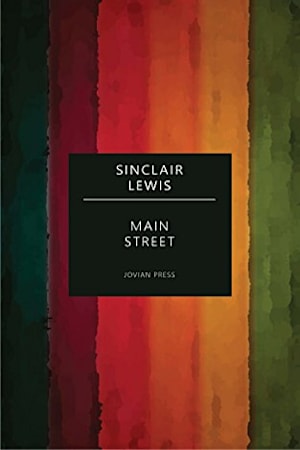



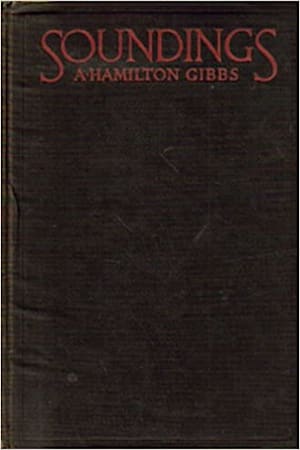

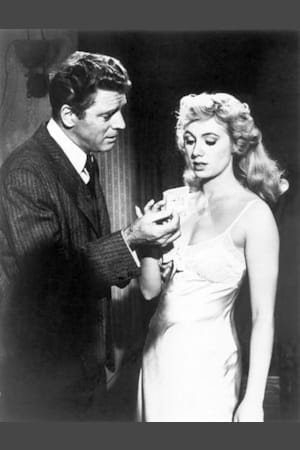
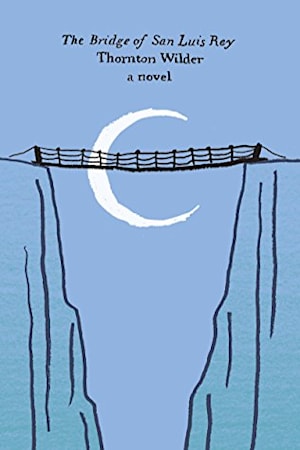






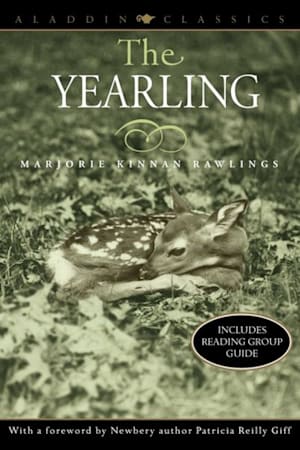
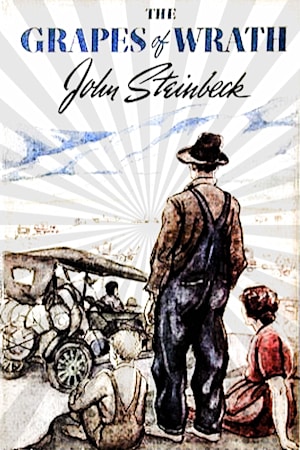




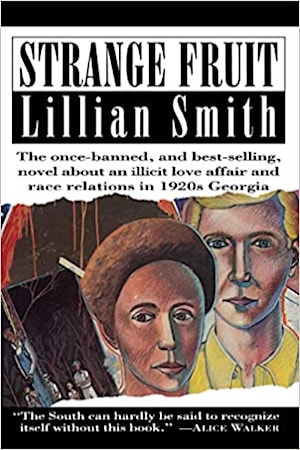
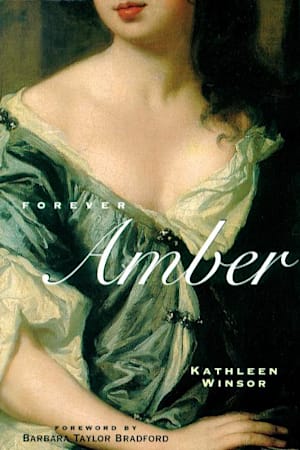
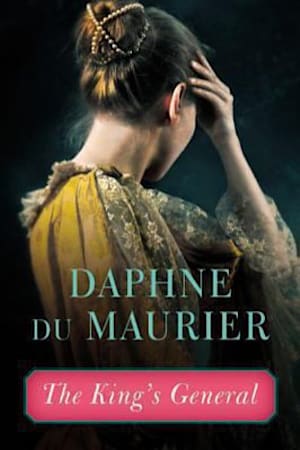

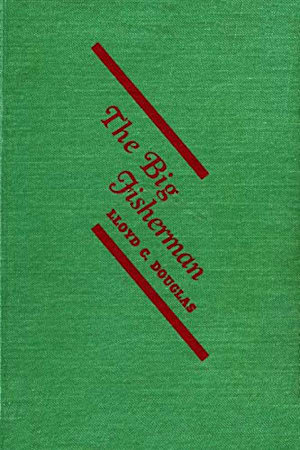

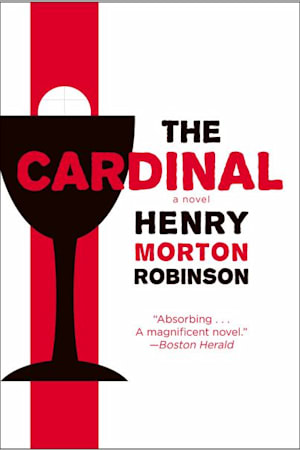
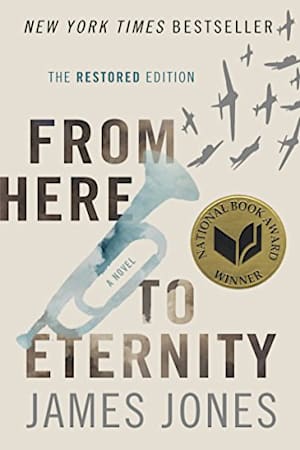

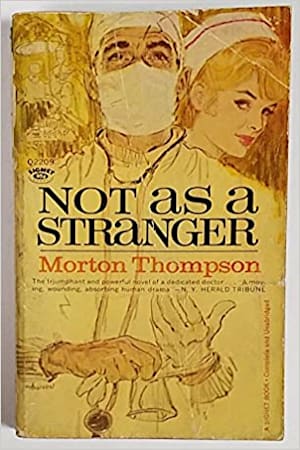
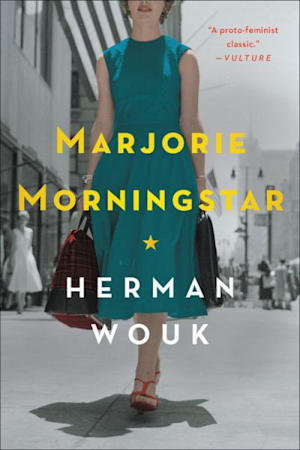
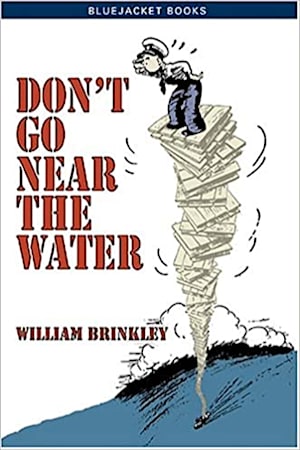

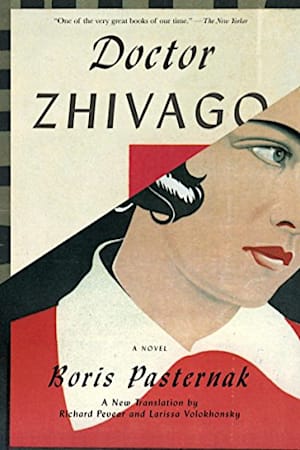
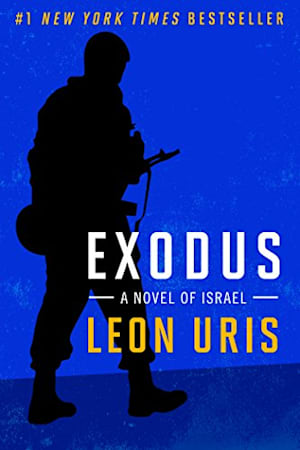

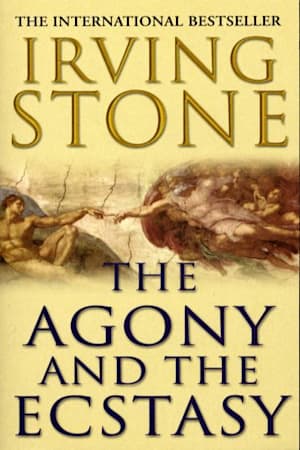






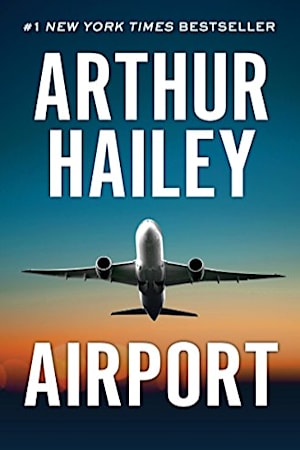
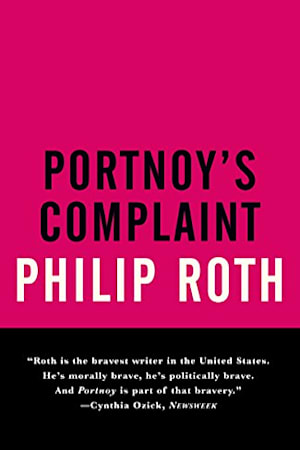
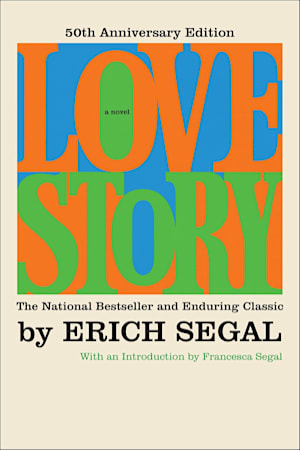
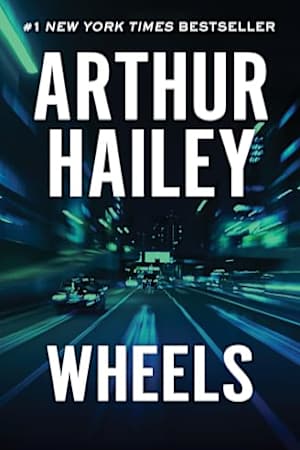



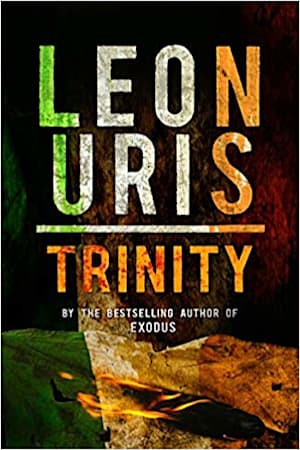
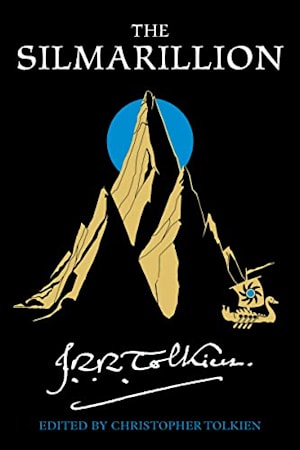




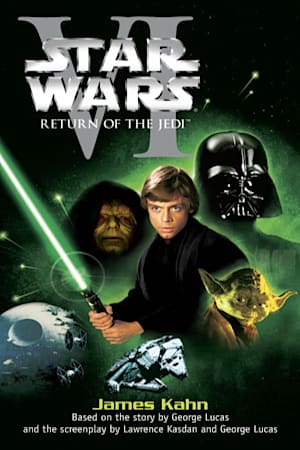

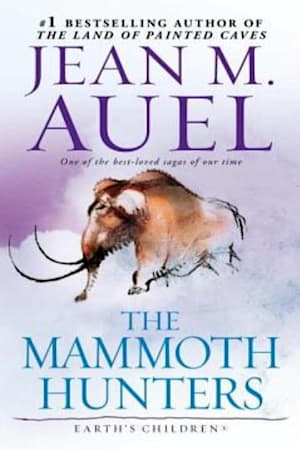



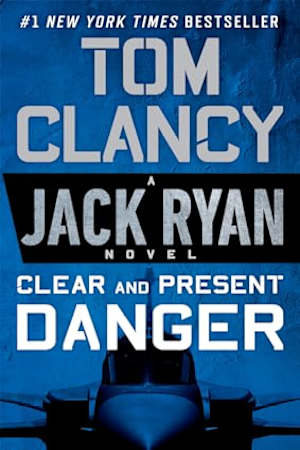
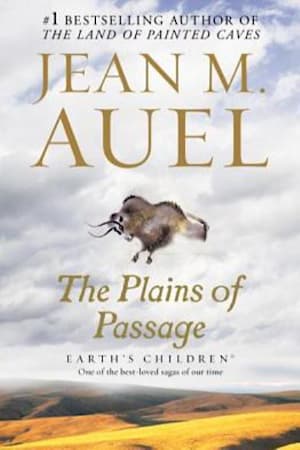
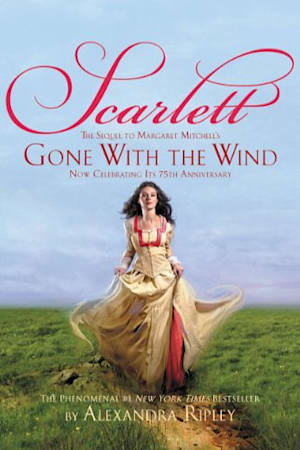

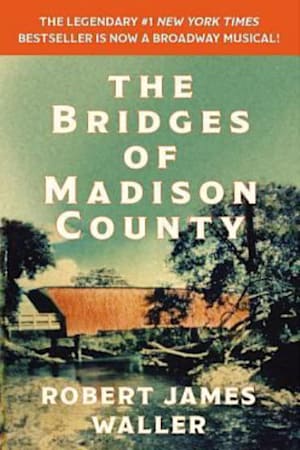
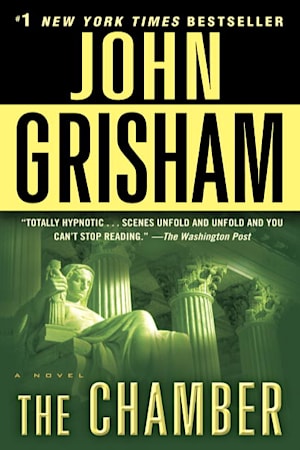

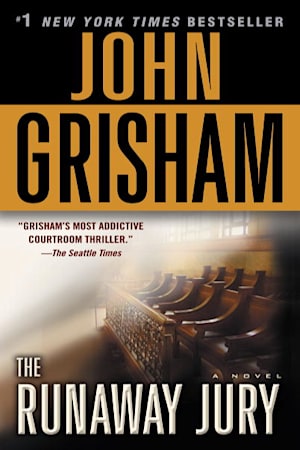


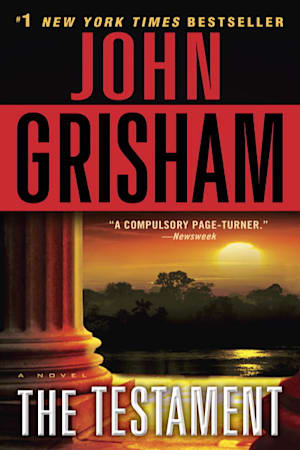


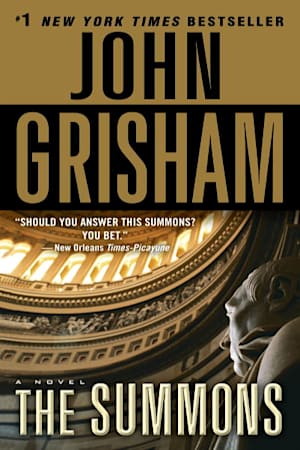
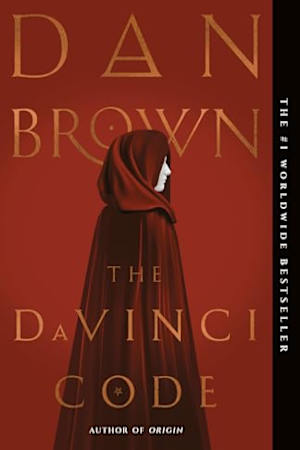
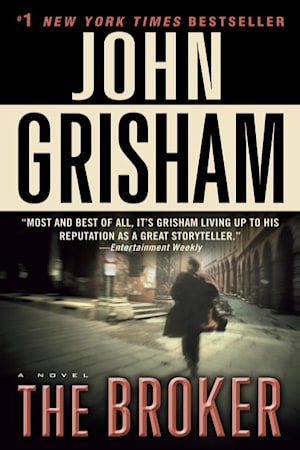
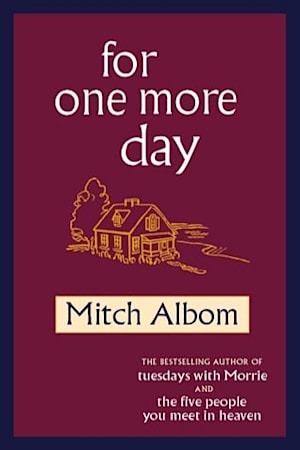



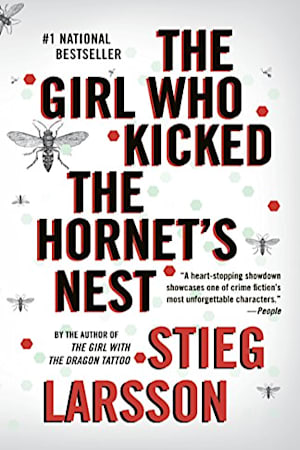

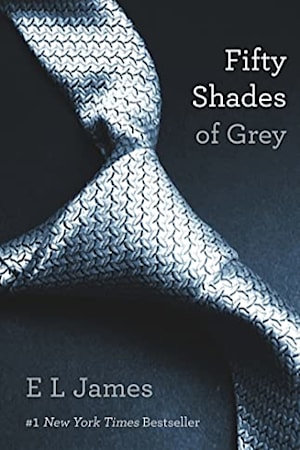






Nenhum comentário:
Postar um comentário